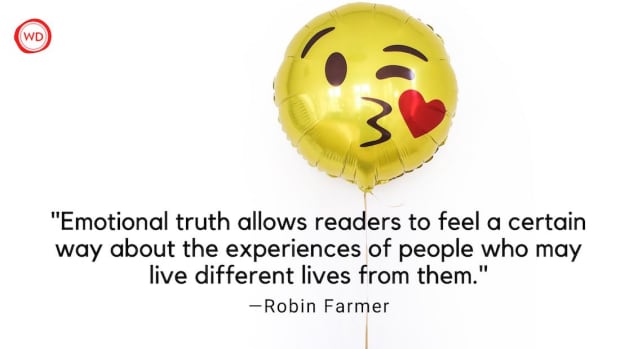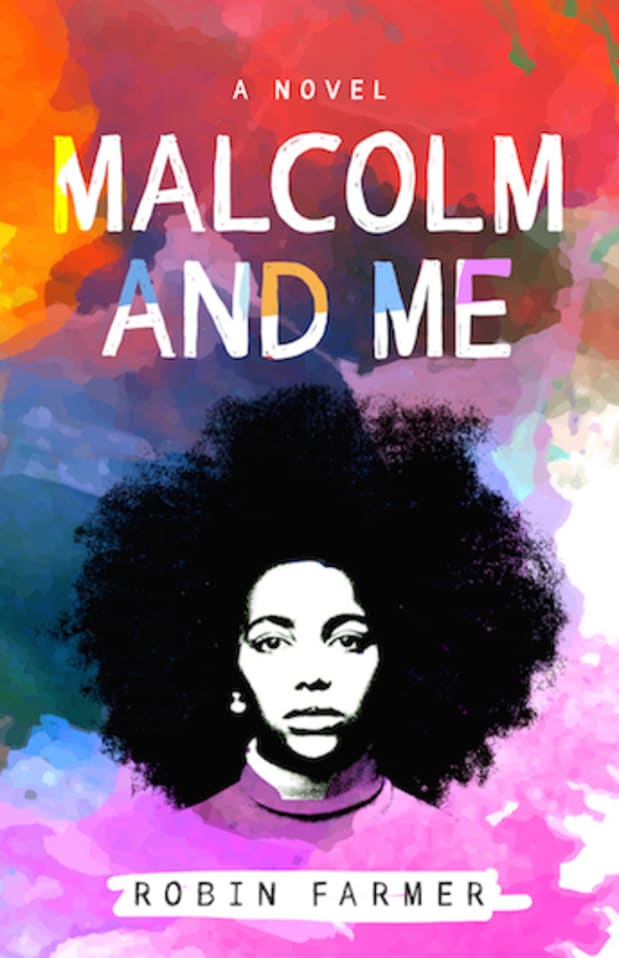Independent restaurants are establishments that are privately owned and operated, as opposed to being part of a chain or franchise. These restaurants are often characterized by their unique menus, personalized…
Become A Full-Time Writer
Brad Johnson is an author and blogger who helps writers discover their niche, build successful habits, and quit their 9-5. His books include Ignite Your Beacon, Writing Clout and Tomes Of A Healing Heart. For strategic content and practical tips on how to become a full-time writer, visit: BradleyJohnsonProductions.com.
Independent restaurants are establishments that are privately owned and operated, as opposed to being part of a chain or franchise. These restaurants are often characterized by their unique menus, personalized…
Writing has been a fundamental part of human communication for thousands of years. From cave paintings to hieroglyphics, from the invention of the printing press to the rise of digital…
A blog is a website that allows users to post content (text and/or images), in a chronological format, for public consumption. A blog is a great way to share personal…
Do you spend time in creative circles? Do you have one or more friends who are writers, poets, editors, or otherwise love the written word? It can be difficult to…
‘The raven himself is hoarse / That croaks the fatal entrance of Duncan’: so begins Lady Macbeth’s first great soliloquy or monologue in Shakespeare’s Macbeth. The speech comes in Act 1 Scene 5, immediately after Lady Macbeth has received news from a messenger that Duncan, the King, will be arriving […]
Why is engaging the reader’s emotions so important? YA author and award-winning journalist Robin Farmer lays out the answer in this article.
I never fancied myself a fantastic writer. What I do believe I excel at is the ability to capture the emotional truth(s) of a character, scene, chapter, and overall story.
(5 Tips for Evoking Emotion in Writing)
Think about your favorite novels and how they made you feel. Something stirred and lingered, right? You felt—and likely still do—the uncertainty, rage, joy, and love that the characters felt. Perhaps your perspective even shifted as a result.
Emotional truth is elusive and difficult to capture. No standard definition exists. Here’s my crack at it: Emotional truth allows readers to feel a certain way about the experiences of people who may live different lives from them. It’s the lens that allows us to see ourselves in a story that results in a heartfelt connection in a fictional narrative. Emotional truth transcends facts.
The lie is the invented narrative. The truth is an emotional experience not rooted in facts, but through a combination of visual details, actions, settings, inner monologue, and dialogue. What I value most is that emotional truth engenders empathy.

Fostering empathy is the main reason I infuse emotional truth in my work. In these increasingly polarized times, it’s clear empathy is in short supply. Several years ago a report found 40 percent of college freshmen lacked empathy. Reading that left me deeply disturbed. Future leaders need empathy to understand the needs of others. Without it, well… take a look around. Empathetic leaders can build a sense of trust, strengthening their relationships, which can lead to greater collaboration. I’ll leave that here.
I learned the techniques to capture emotional truth during my first fellowship through the Education Writers Association more than twenty years ago. Jon Franklin, author of “Writing for Story,” served as an advisor to my narrative nonfiction project examining survival tactics of gifted black students at troubled schools, where being smart carried a stigma. I was intimidated to work with the two-time Pulitzer Winner whose book included storytelling tips for journalistic articles. Imagine my surprise when Franklin read my three-day series and said, “You got it right.”
So how do you tap into such truth as a fiction writer? Here are 14 techniques I use to write with emotional truth:
Be vulnerable. My debut novel, Malcolm and Me, follows a reluctant rebel with the heart of a poet as she navigates a school year fraught with adult hypocrisy. While my protagonist is wounded by a traumatic event involving her Catholic school teacher, I knew she couldn’t wallow in pain and self-pity for 272 pages. She doesn’t. She’s funny, often in “good trouble” and a ball of confusion. Whatever Roberta feels so must my readers. Roberta’s vulnerability was rooted in my teen years. Nothing beats authentic angst.
Mine your secrets. Personal truth feeds the character’s truth. There’s nothing fictitious about that. In writing my debut novel, I borrowed the emotional truth about my struggle to forgive, including those I love deeply, and gave it to my protagonist. I could not write that story with authenticity until I dug deep and understood why I had been stuck and what led to a breakthrough. My clarity informed and honed the behavior of my character.
Listen to the “page people.” Just because you created your characters doesn’t mean you know their every move. Sometimes they will surprise you. Let them. Yield to their whims. When they want to be quiet, don’t force them to speak up. Silence can say a lot, too.
Create challenges. Understand what the protagonist and other characters want then remove it or make it a struggle to obtain. We root for characters we believe in, identify with, and want to succeed. In other words, characters we feel. I heard a speaker say that a novel is akin to taking a ride on an amusement park. Readers have purchased tickets and will feel cheated if a ride fails to carry them up and down and make their hearts pound.
Balance action. Life is messy and so are people’s reactions to it. But not everything happens at a level 10. Mix big, dramatic moments and scenes with quieter ones, which can also amplify emotional truth.

IndieBound | Bookshop | Amazon
[WD uses affiliate links.]
Cultivate growth. Know the emotional state of your character on page 1 and be clear about the various emotional stages he or she will experience to make it to the end of the story. This growth may not be linear and could include setbacks, but the person must experience changes that feel authentic.
Use your senses. Do you have a song that transports you to your first dance? A perfume or cologne that reminds you of someone no longer alive? Sound, smell, taste, and touch evoke powerful emotions to inspire you.
Pick from an “emotional garden.” Collect bits of dialogue, favorite lyrics, phrases, discarded scenes, observations, and reactions, anything that provokes strong feelings and may feed your current or future story. Visit often.
Learn from other writers. Read often. Reading expands your vocabulary and imagination, shows you what works and what doesn’t, and exposes you to diverse worlds. Reading other authors may also inspire you to take risks with your own work.
Revise, rinse and repeat. Emotional truth is an indistinct quality that works when the characters stay with you long after you’ve turned the last page. Weaving it into your work requires patience and practice. Writing is rewriting.
I’m big on takeaways. So, keep this acrostic handy for how to elevate the emotional tenor of your work:
Embrace the fear of vulnerability
Mine complexity
Organize narrative arcs. Be clear about all stages.
Tap into your memories with music and smells—often-emotional anchors
Include powerful emotions with ordinary ones
Optimize opportunities for a character to accept or reject growth
Nurture an emotional “garden” of evocative material to inspire you
Avoid “one-note” characters; vary responses.
Listen to the unsaid as much as what’s spoken
Trust yourself to go deep and transfer what you find to the page.
Read. Read. Read. Read. Read. Read. Read. Read. Read. Read.
Unearth feelings. Great stories reveal how people feel.
Try harder. Get frustrated. Revise. Rinse and repeat.
Have a sense of humor when appropriate.
Defining the emotional truth in stories can be elusive. But the heart of a reader understands it. As a writer, that’s the test we must strive to ace.
